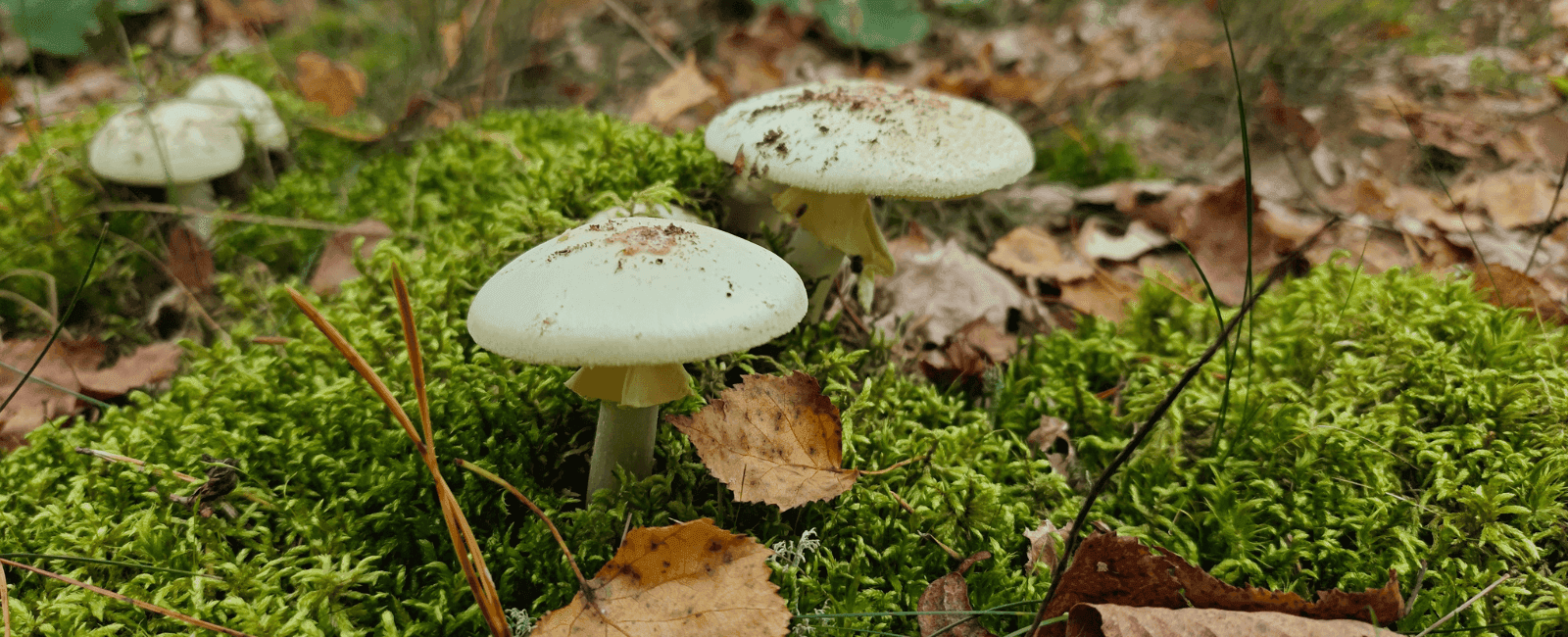

Renowned mycologist Susana C. Gonçalves, amidst an esteemed international research team, has shed light on the peculiar and self-sufficient reproductive behaviors of one of the world’s most dangerous mushrooms, the Amanita phalloides, commonly known as the “death cap.” This discovery is a key factor in understanding the species’ aggressive expansion, especially noted in the ecosystems of California.
Gonçalves, a seasoned researcher at the Centre for Functional Ecology at the University of Coimbra’s Faculty of Science and Technology, has played a pivotal role in this intriguing study. Despite its European origins, where it has coexisted with compatible fungal species for millennia, the “death cap” mushroom was unintentionally introduced to the United States, where it adapted in unexpected ways to its new environment.
Solitary reproduction in Amanita phalloides

Published under the title ”Invasive Californian death caps develop mushrooms unisexually and bisexually” in the journal Nature Communications, the study unveils the mushroom’s unique capability for solitary reproduction – a mechanism rarely observed in fungi, particularly outside the strict confines of a laboratory setting. This research was expertly coordinated by Anne Pringle of the University of Wisconsin-Madison, who is a prominent figure in the field of fungal ecology.
The typical reproductive cycle of Amanita phalloides involves what is known as a bisexual mode of reproduction, where the mycelial networks from two distinct mating types intertwine beneath the soil, subsequently giving rise to fruiting bodies that are genetically derived from both contributors.
This mode is still the status quo across European forests, confirmed by DNA analysis of European mushrooms, including those sampled from various regions of Portugal, which revealed the fusion of genetic materials from two parents.
The Californian death cap mushrooms, however, tell a different evolutionary tale. “The spread of A. phalloides in California is likely facilitated by its ability to sporulate without mating with another individual,” the paper states. “The fungus is both unisexual and bisexual, revealing a previously unsuspected reproductive flexibility in a natural population of death caps.”

Image Source: Nature
Certain samples displayed genetic sequences originating from a single organism, pointing towards a self-perpetuating lineage. The exact biological mechanisms behind this ability to bypass the normal fusion of two different mycelia remain a scientific curiosity.
The hypothesis stands that this reproductive independence allows the death cap to dominate new territories where potential mates are scarce, as observed by Gonçalves and her colleagues. The concept of ‘unisexuality’ could be the driving force behind the species’ swift colonization of the United States’ Pacific coast.
The broader implications of this study are immense, as it opens doors to subsequent research endeavors aimed at uncovering whether this unconventional reproductive strategy is employed by other invasive fungi in their natural settings.
References
- Wang, YW., McKeon, M.C., Elmore, H. et al. Invasive Californian death caps develop mushrooms unisexually and bisexually. Nat Commun 14, 6560 (2023). https://doi.org/10.1038/s41467-023-42317-z


